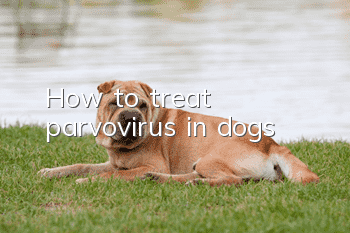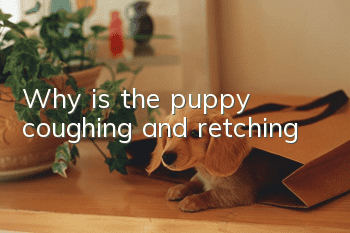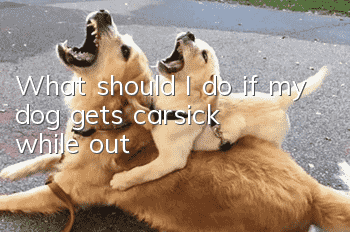How to treat parvovirus in dogs

Dog parvovirus needs to be treated by infusion. The main treatment principles include anti-viral, anti-secondary, symptomatic treatment and supportive treatment. First of all, antiviral and anti-secondary drugs mainly use monoclonal antibodies, interferons and other drugs to directly neutralize and inhibit virus reproduction. Secondly, symptomatic treatment mainly includes antivomiting, hemostasis, and infection control. Finally, supportive treatment mainly includes rehydration, correction of electrolyte imbalance, and intravenous nutritional supplementation. Parvovirus infection is a disease with a high fatality rate for dogs. It is recommended that owners take their dogs to a pet hospital for treatment in a timely manner.
There is currently no specific treatment for parvovirus infection. Common treatment methods are mainly symptomatic treatment based on the specific situation of the dog, which mainly include the following aspects.
1. Antiviral treatment
Parvovirus is a kind of virus. There is no good treatment for the virus. Generally, dogs can passively acquire immunity through the use of interferon, canine parvox hyperimmune serum and other drugs to resist the virus.
2. Anti secondary infection
Parvovirus mainly damages the digestive system and causes damage to the intestinal mucosa. Generally, antibiotics can be used to control inflammation and prevent secondary infections.
3. Symptomatic and supportive treatment
Since canine parvovirus is a viral disease, symptomatic and supportive treatment is generally adopted. For example, for dogs with symptoms of vomiting, diarrhea, and bloody stools, antiemetic, antidiarrheal, and hemostatic injections can be given accordingly. For symptoms such as dehydration, loss of appetite, and anemia in dogs, corresponding treatments such as intravenous electrolyte solutions, nutrient solutions, and blood replenishing injections are given. Supportive treatment mainly adjusts the dog's condition by replenishing water, adjusting electrolytes and acid-base balance disorders, stopping bleeding, and stopping diarrhea.
Note: During the treatment, no food or water is required to prevent food from entering the stomach and aggravating the dog's vomiting symptoms. Then rehydration treatment will be performed to supplement sufficient protein and water. What needs to be paid attention to is to keep the dog warm and thoroughly disinfect the areas and utensils where the dog moves.
- How to treat a dog with pica?
- There are red lines in the puppy's eyes
- What's wrong with mucus in dog's stool?
- How do dogs mate? What you need to know about dog breeding!
- St. Bernard dog vaccination precautions
- Causes of dog nose discoloration and how to improve it
- Dog's diarrhea is yellow and mushy but energetic
- Puppy poop is very smelly
- Dogs are itchy after external deworming
- How to train Labrador dogs to be obedient effectively? Things to pay attention to in daily training of Labrador dogs!



